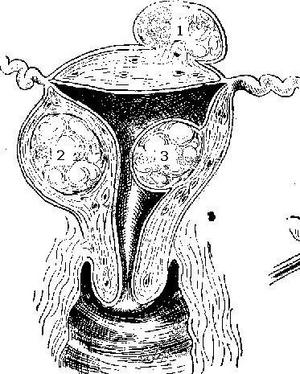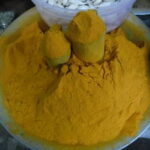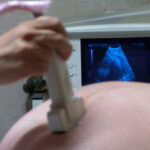I never thought a fibroid could be such a problem until I had to have a myomectomy. In 2004, I was having some lower back pain so my gynecologist ordered an ultrasound to see if the fibroid on my uterus had gotten bigger. And it did. About 2 weeks later, I had a myomectomy.
What is a myomectomy?
A myomectomy is a surgical procedure to remove uterine fibroids. Fibroids are mostly benign growths that can occur inside or outside the uterus. Mine was located outside and behind my uterus. Myomectomy is the choice treatment for women of child bearing age who have troublesome fibroids since it leaves the uterus intact for a future pregnancy. I had my myomectomy at age 33.
What is a troublesome fibroid?
Not all fibroids cause problems. In fact, doctors will not treat fibroids unless they are causing complications or interfering with becoming pregnant. The reason I needed a myomectomy was because my fibroid had grown so big, it was pressing against my kidney and causing hydronephrosis (swelling.) If untreated, hydronephrosis can lead to kidney damage.
Preparing for a myomectomy
My surgery was planned for 6am. I was told not to eat or drink anything after midnight to ensure an empty stomach. I was placed under general anesthesia for the 1-2 hour operation. My gynecologist was the performing surgeon. He performed an abdominal myomectomy, which involved a horizontal incision along the pubic bone to access the uterus.
After the myomectomy
When I came out of anesthesia, I had a urinary catheter and anti-embolic stockings on my legs to prevent deep vein thrombosis. I was placed on IV fluids to maintain hydration. I could not eat or drink anything for nearly a day except ice chips. Slowly, I began to resume a normal diet, starting with clear liquids and progressing to solid foods. I was given a medication pump with morphine to control my pain. I was taught deep breathing exercises to prevent fluid retention that could lead to pneumonia. My hospital stay was typical for this operation-48 hours.
Recovery time
Recovery time from a myomectomy is about 2-6 weeks. I returned to work within 5 weeks. I could not drive for the first two weeks because my abdomen still needed to heal. I also could not engage in vaginal intercourse for six weeks while I recovered. I was given Percocet for pain relief which was very helpful. I needed to splint my abdominal incision–hold a pillow against it–to prevent pain while coughing or laughing.
My health today
So far, I have not had any serious complications from the myomectomy. The incision site healed almost perfectly, but there are some parts of my abdomen where I can’t feel any sensation because nerve cells were cut. However, this has not presented any problems. About 20% of women who have a myomectomy grow more fibroids, but this has not been my experience. Although I have no intention of having children, I have been told it should not be a problem.
*This article is for informational purposes only. If you have fibroids that are causing troubles, speak with you doctor to see if a myomectomy is right for you*
Sources:
Personal experience with myomectomy
MedlinePlus, Unilateral hydronephrosis, March 2010
MayoClinic, Myomectomy, April 2009.





